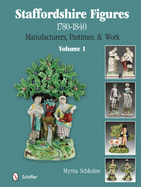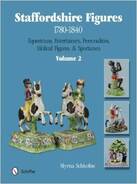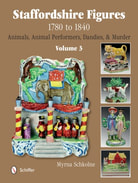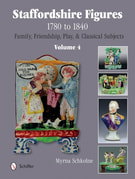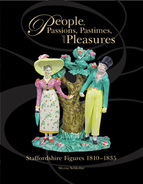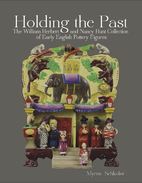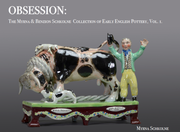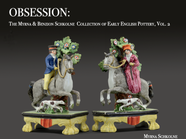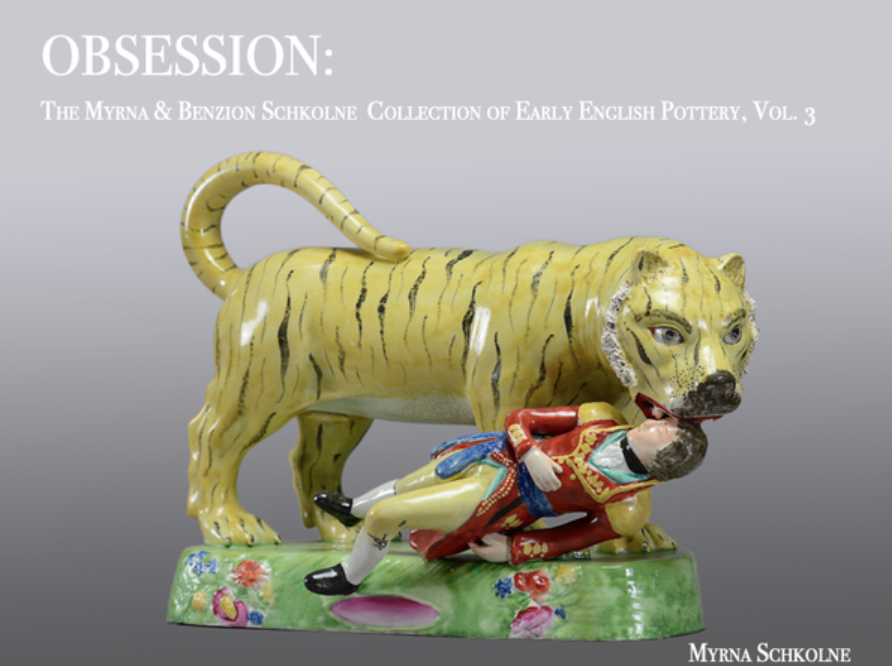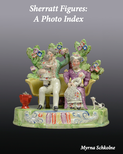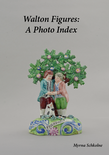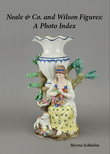An intriguing and unrecorded figure is at auction at Waddington, Toronto, lot 69, December 3. At first glance, it seems familiar. A 14” wide feline formed as a tiger stands on a typical 6-footed ‘Sherratt’ base. Two plaques are on the base, but here comes the surprise. Rather than reading The Death of Munro, the plaques read The Death of a Negro. But where is the Negro? You might expect to find his mauled form suspended from the tiger’s jaws or slung beneath his claws. Instead he is nowhere to be seen. Waddington’s auctioneer Bill Kime suggests the Negro is instead in the tiger’s tummy!
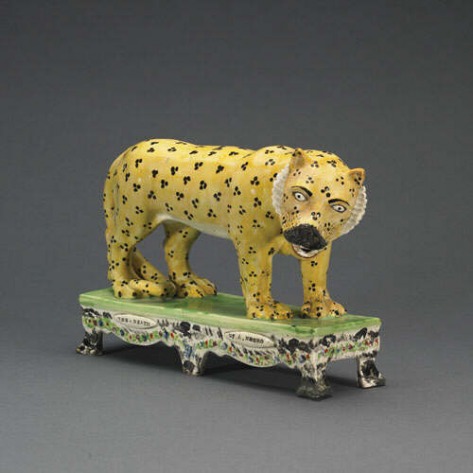
When I first saw The Death of a Negro, I assumed that the figure of a black man had been knocked off the base, a fate that sometimes befalls Lt. Munro in The Death of a Munrow. Yet Bill Kime assures me that there is no indication that a person was ever part of this vignette. Bill has looked very carefully at the base—he is so good at this—and there is no restoration to disguise the loss of a figure.
Consigned with The Death of a Negro is another similarly sized ‘Sherratt’ figure on a matching base. This time it’s that well-known The Roring Lion, as the title plaques indicate. Bill tells me that he believes these figures have lived together for a long time, perhaps even from their creation, and that intriguingly both figures have similar “dental damage.” He suggests that children once used the figures for lion and tiger fights, and bashing the animals’ mouths against each other caused the damage. What a lovely thought!
I believe The Death of a Negro relates to an incident in February 1834 when two felines escaped from Wombwell’s menagerie and attacked and killed four people, including a mother with a child in her arms. A unique ‘Sherratt’ figure of a tiger with a baby dangling from its jaws and a woman prone beneath its paws portrays some of the tragedy of that day. We know nothing more about the other victims, but could one have been a black male? This would account for other rare recorded figures of felines attacking a black man. And it would explain Waddington’s The Death of a Negro.
A last thought: Waddington’s tiger does not have stripes! Instead he has spots arranged in clusters of three. (I love the cluster on the center of his nose.) Is our beast intended to be a leopard? Or perhaps the new décor was an attempt to differentiate this figure from The Death of Munro. Congratulations in anticipation to the new owner(s) of Waddington’s ferocious felines—and I so hope they remain together, without any more fighting.

